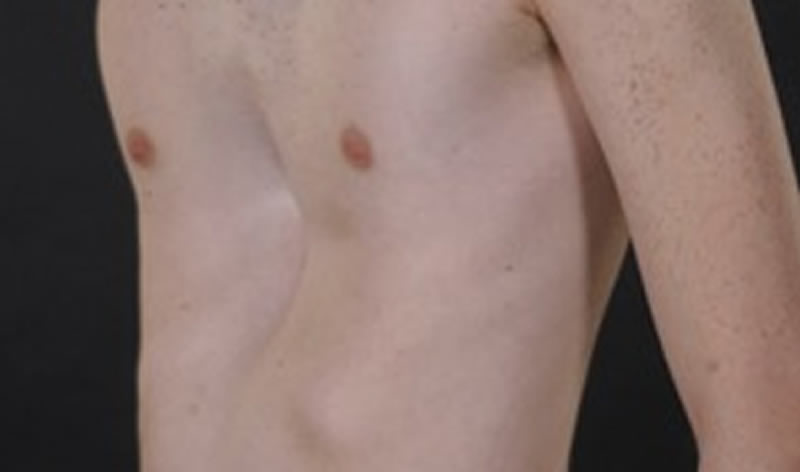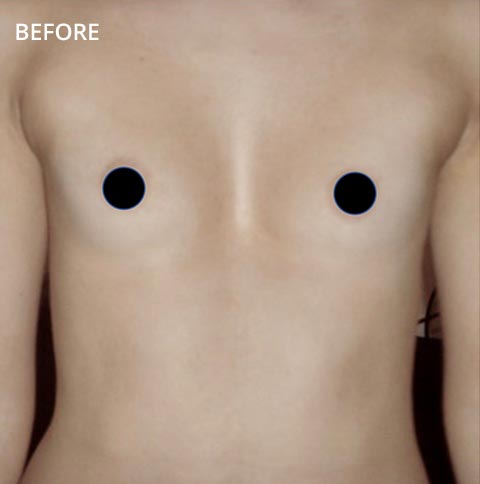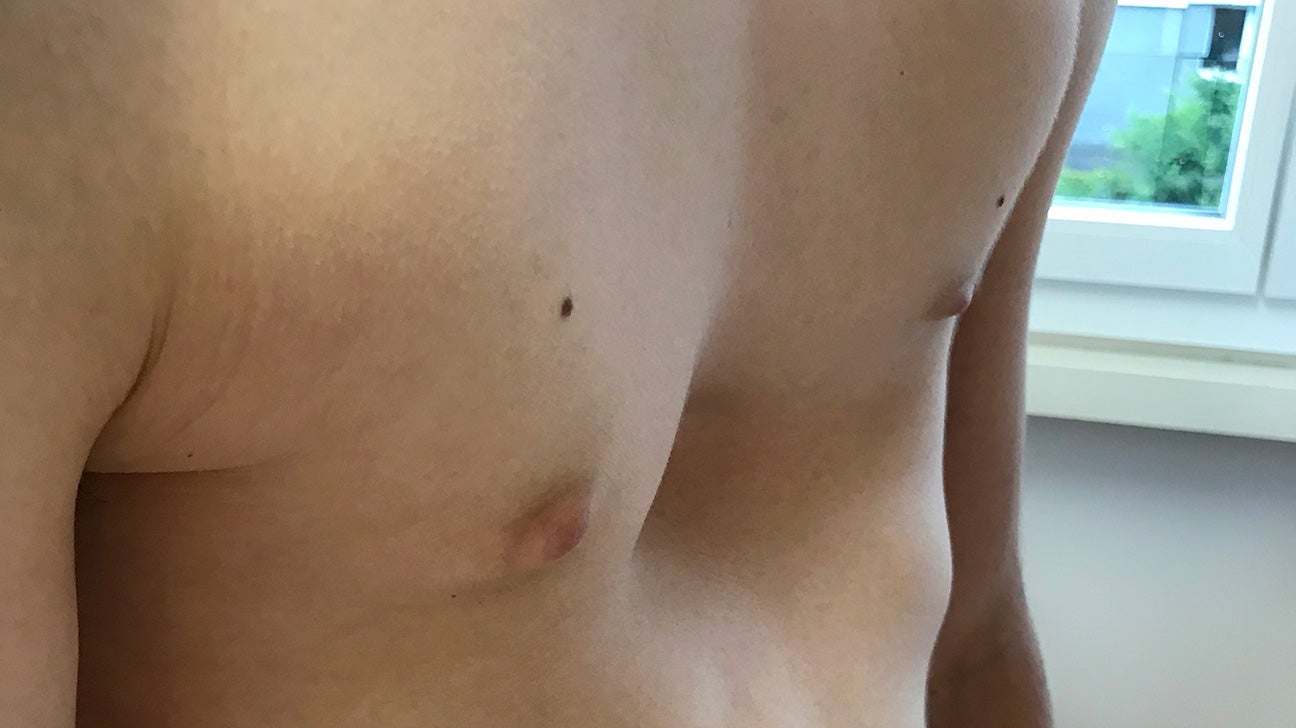pectus excavatum baby nhs
Studies say that 1 out of 500 children struggle with this malformation. Pectus excavatum PE and pectus carinatum PC are the most common of these.

Halt To Funding For Chest Deformity Surgery Is A Cruel Blow Rcni
Recurrence of the Pectus Excavatum after the bar is removed is very rare.
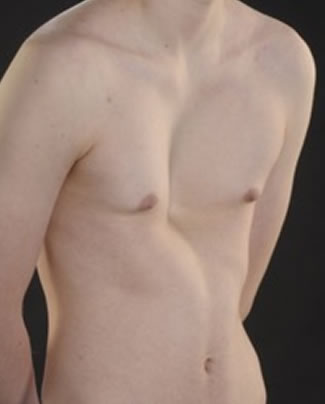
. There is a lot of discussion amongst doctors about the best treatment for significant rib flaring as the standard surgical treatment for a pectus excavatum a NUSS procedure see Surgery may not improve rib flaring and some reports have suggested it may even make it more pronounced though once the pectus is corrected over time the flaring. In the majority however it occurs following a growth spurt. Pectus excavatum PECK-tuss ex-kuh-VAW-tum is a condition that causes a childs chest to look sunken or caved in It happens because of a defect in the tough connective tissue cartilage that holds the bony part of the ribs to the breastbone.
But even mild cases of pectus excavatum can make children feel self-conscious about their appearance. The deformity may be symmetrical the same on both sides or may be more prominent on one side of the chest. This causes a depression of the sternum and the chest has a sunken in or funnel chest appearance.
Pectus excavatum also known as concave chest or funnel chest is a deformity of your childs chest wall. What is pectus excavatum Pectus excavatum is a congenital chest wall deformity that is caused by growth abnormality of the cartilage that connects the ribs to the breastbone sternum. The condition is usually apparent at birth and worsens with time.
Our specialists provide cutting-edge treatment to achieve the best outcomes. This information from Great Ormond Street Hospital GOSH is about pectus carinatum also known as pigeon chest. In creating this policy NHS England has reviewed this clinical condition and the options for its treatment.
Surgery can correct the deformity. Special interest in chest wall deformities and their repair. Royal Devon Exeter Foundation NHS Trust Barrack Road Exeter Devon EX2 5DW.
Pectus excavatum affects about one to three in a thousand children. Pectus excavatum funnel chest is a condition where the front of the chest is sunken. The methods of repair for pectus excavatum are the NUSS and the modified Ravitch technique.
Pectus excavatum is also known as funnel chest. Both or just one side of the breastbone may be affected. Why does it occur.
Rib flaring and pectus excavatum. Pectus excavatum PEX is a congenital chest wall abnormality presenting in childhood with a male. No of patients seen year.
The depression in the chest is due to abnormal growth of the cartilage that attaches the sternum to the ribs. NHS England will not routinely commission surgery for pectus deformity in accordance with the criteria outlined in this document. It is caused by abnormal growth of cartilage a strong elastic material between the ribs and the breastbone sternum.
Pectus excavatum funnel chest is when your childs breastbone is pressed inwards and they have a dip between their ribs. Pectus excavatum tends to occur at or soon after birth in some people. The condition is the most common congenital wall deformity.
There may also be areas where the rib cage is depressed or pushed inwards. The deformity may be the same on both sides or may be more prominent on one side of the chest. The breastbone or sternum and some of the ribs grow abnormally causing a depression in the middle of the chest.
Pectus excavatum is the most common congenital deformity of the chest wall. Schedule your appointment by calling 832-822-3135. Pectus Excavatum is Latin and translates as Hollowed Chest and is a chest wall deformity.
The severity of the abnormality has traditionally been quantified by cross sectional imaging techniques using the Haller index where an index greater than 325 was considered moderate to severe 1 and other indices such as the correction index that may be. What is pectus excavatum and its symptoms. Commonly called funnel chest pectus excavatum is a depression caused when the sternum breastbone is abnormally pushed inward.
No of operations year. This causes a depression in the chest that can range from mild to severe. Having looked online I see that it can become more pronounced as baby grows and some kids even.
The primary problem is a deformity of the costal cartilages which develop in a concave position and depress the sternum towards the vertebral column. Usually the ribs and sternum go outward at the front of the chest. Also called funnel chest pectus excavatum is more common in boys than in girls.
Female ratio of 41. The condition affects more boys than girls. Pectus excavatum is caused by the abnormal growth in the chest of the connective tissues cartilage that attach the breastbone sternum to the ribs.
The deformity can result in increased pressure on the heart and lungs during the growing period. Severe cases of pectus excavatum can eventually interfere with the function of the heart and lungs. Pectus carinatum is a condition in which instead of being level with the ribs the breastbone sternum is pushed out so that the middle of the chest is more pronounced.
With pectus excavatum the sternum goes inward to. 27072017 at 253 pm. For others it may affect their heart or lung function.
Instead of being level with the ribs the breastbone sternum is sunken so that the middle of the chest looks caved in. Some children with funnel chest will live a normal life. Last reviewed 092021 Links.
There may be a genetic link to pectus anomalies as it seems to run in families. PE or funnel chest appears as a depression of the sternum. This is caused by abnormally shaped ribs.
It may be asymmetrical with the right side deeper. This is where the breastbone sternum is sunken. Pectus abnormalities cover a range of deformities affecting the anterior chest wall specifically the sternum and adjacent rib cartilages.
We recently noticed that my little boys chest has a little concave dip in it when he breathes in - the GP has said that he has pectus excavatum and that as his breathing is totally fine it is nothing to worry about. Pectus excavatum is a congenital deformity of the chest wall that causes several ribs and the breastbone sternum to grow in an inward direction. Pectus carinatum also known as pigeon chest in which the.
Asymmetrical shapes of the deformity are more common in older patients and not babies. It may be familial. All patients at Texas Childrens are treated in an individualized and family-centered manner.
Pectus excavatum also known as funnel chestsunken chest in which the sternum is sunken inwards and the chest looks hollow. The condition is not always noticeable at birth but is often apparent by the time a child is 2 to 3. Because of the deep depression the lower ribs can stick out and give the appearance of a potbelly in.
Recent studies revealed that pectus excavatum in babies may be genetic. Pectus anomaly describes a deformity with the sternum breastbone.

Pectus Excavatum Chest Wall Stanford Children S Health

Pectus Excavatum Funnel Chest Asthma Lung Uk

An Extensive Guide To Pectus Excavatum Find Expert Advice

Chest Wall Deformity British Association Of Paediatric Surgeons

A A Picture Of A Pectus Carinatum Patient Before Brace Treatment B Download Scientific Diagram
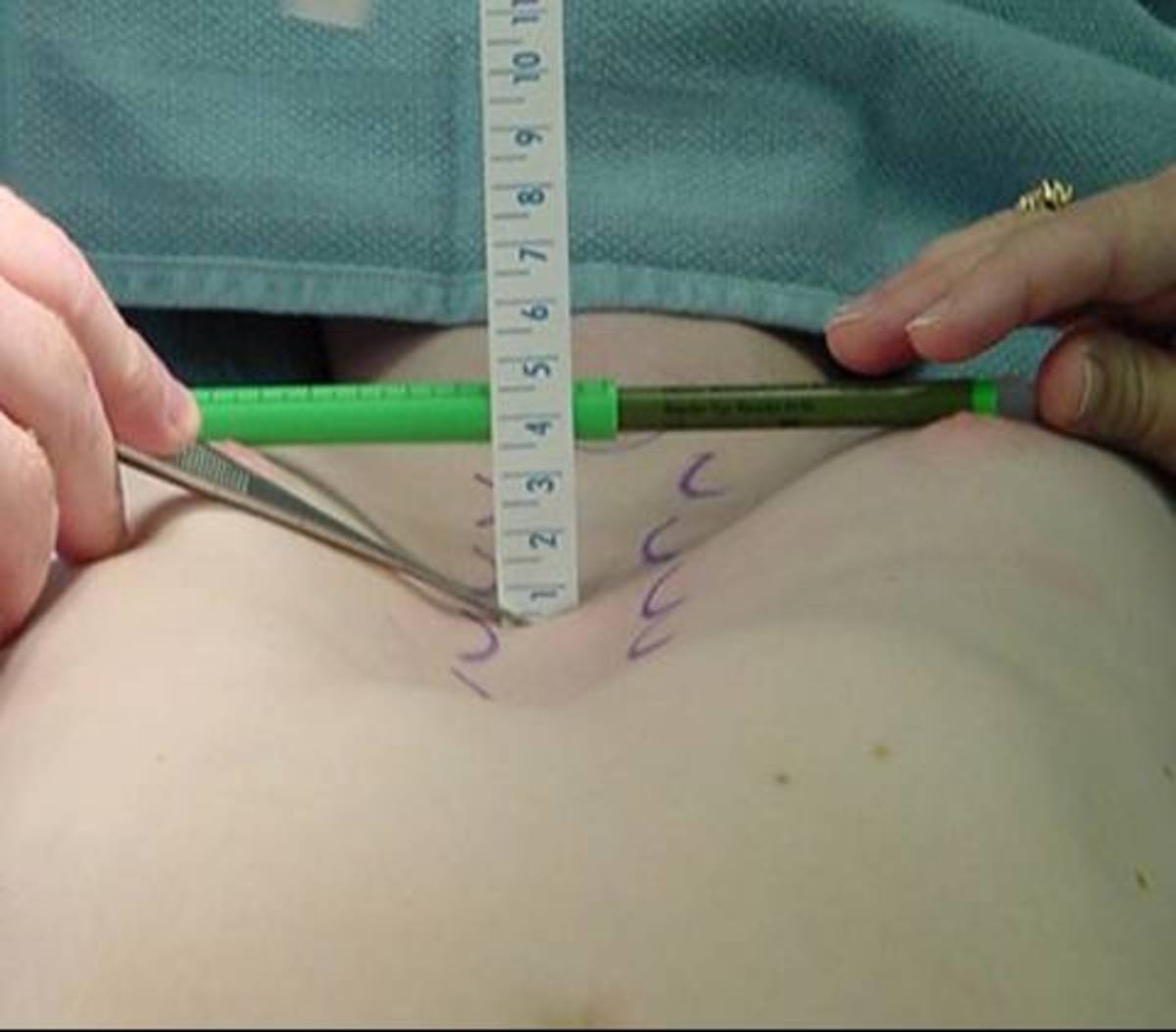
Pectus Excavatum My Tips For Organizing Surgery And Finding An Insurance Cover Hubpages

Best 4 Pectus Excavatum Exercises Forget About Surgery Pectus Excavatum Exercise Bad Posture

Pectus Excavatum Pectus Clinic
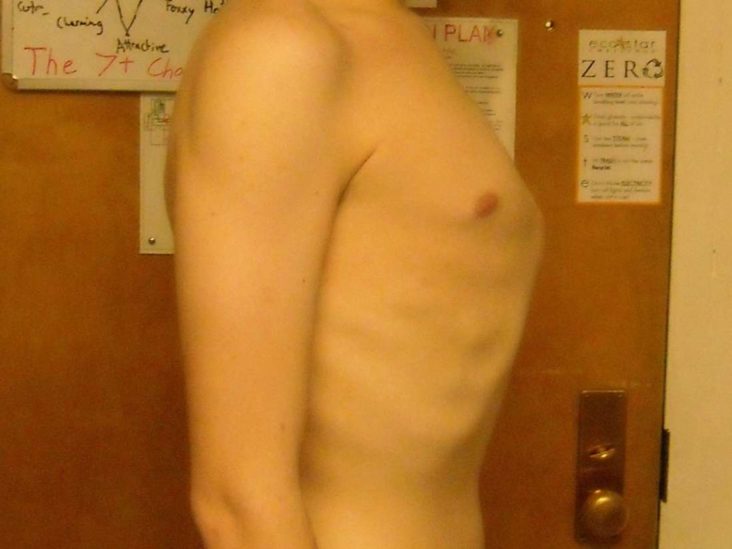
Pectus Carinatum Pigeon Chest Symptoms Causes And Treatment
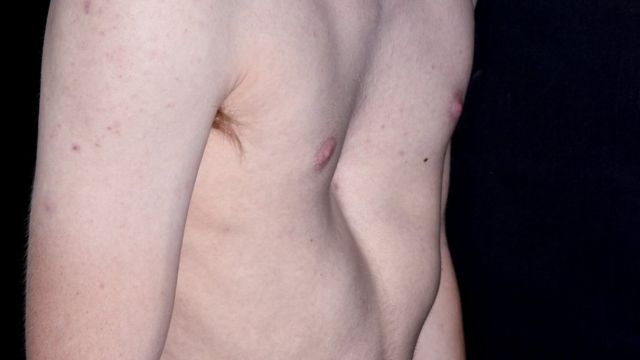
Sunken Chest Syndrome I M Being Strangled Inside Bbc News
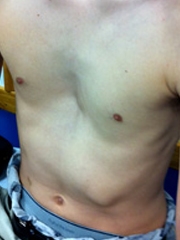
Pectus Excavatum Children S Hospital Of Philadelphia
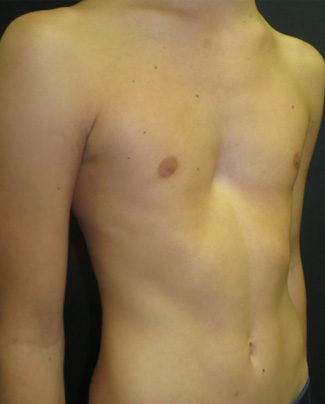
Pectus Excavatum Pectus Clinic
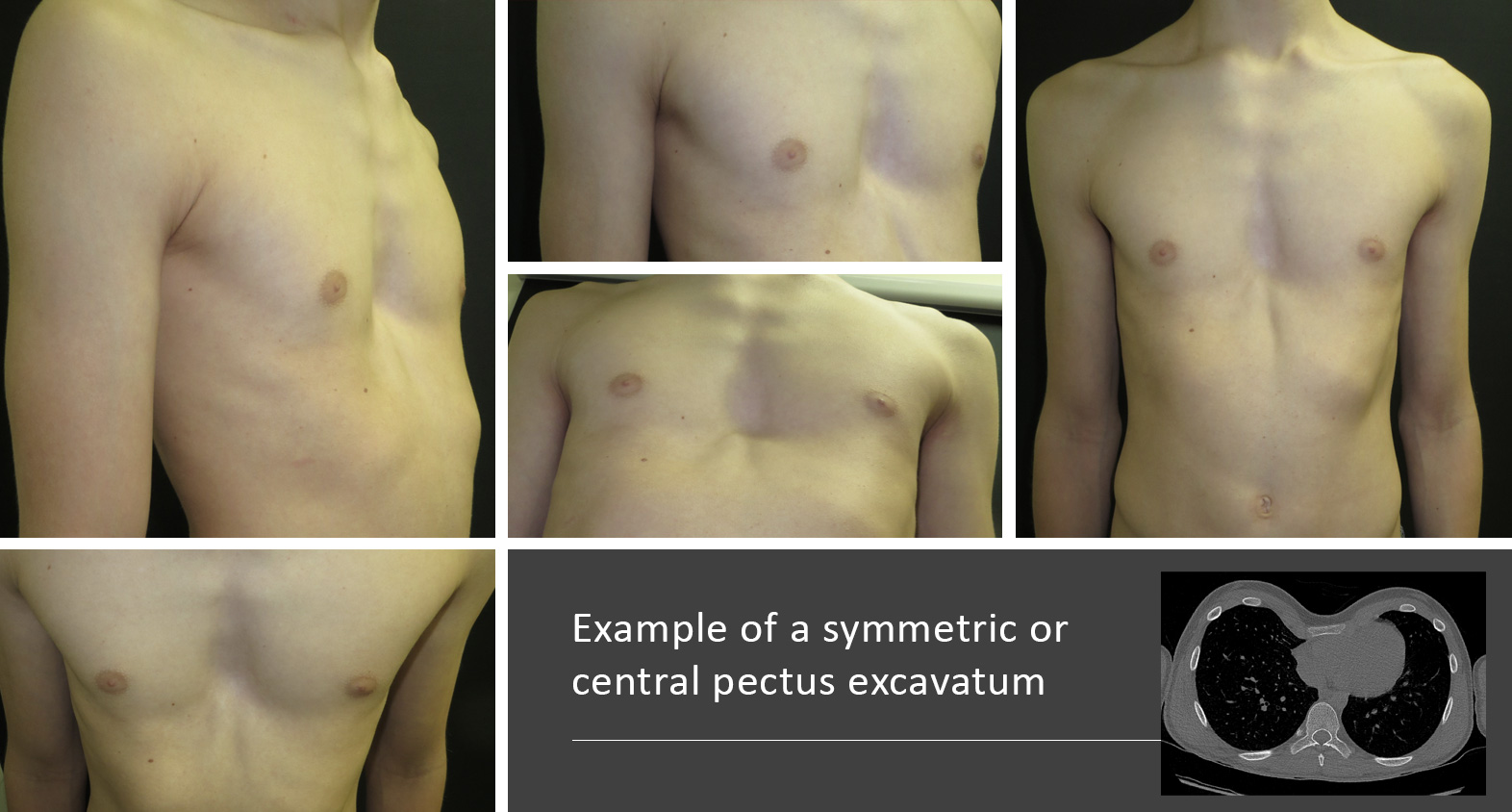
Pectus Excavatum Pectus Clinic

Pectus Excavatum Pectus Clinic
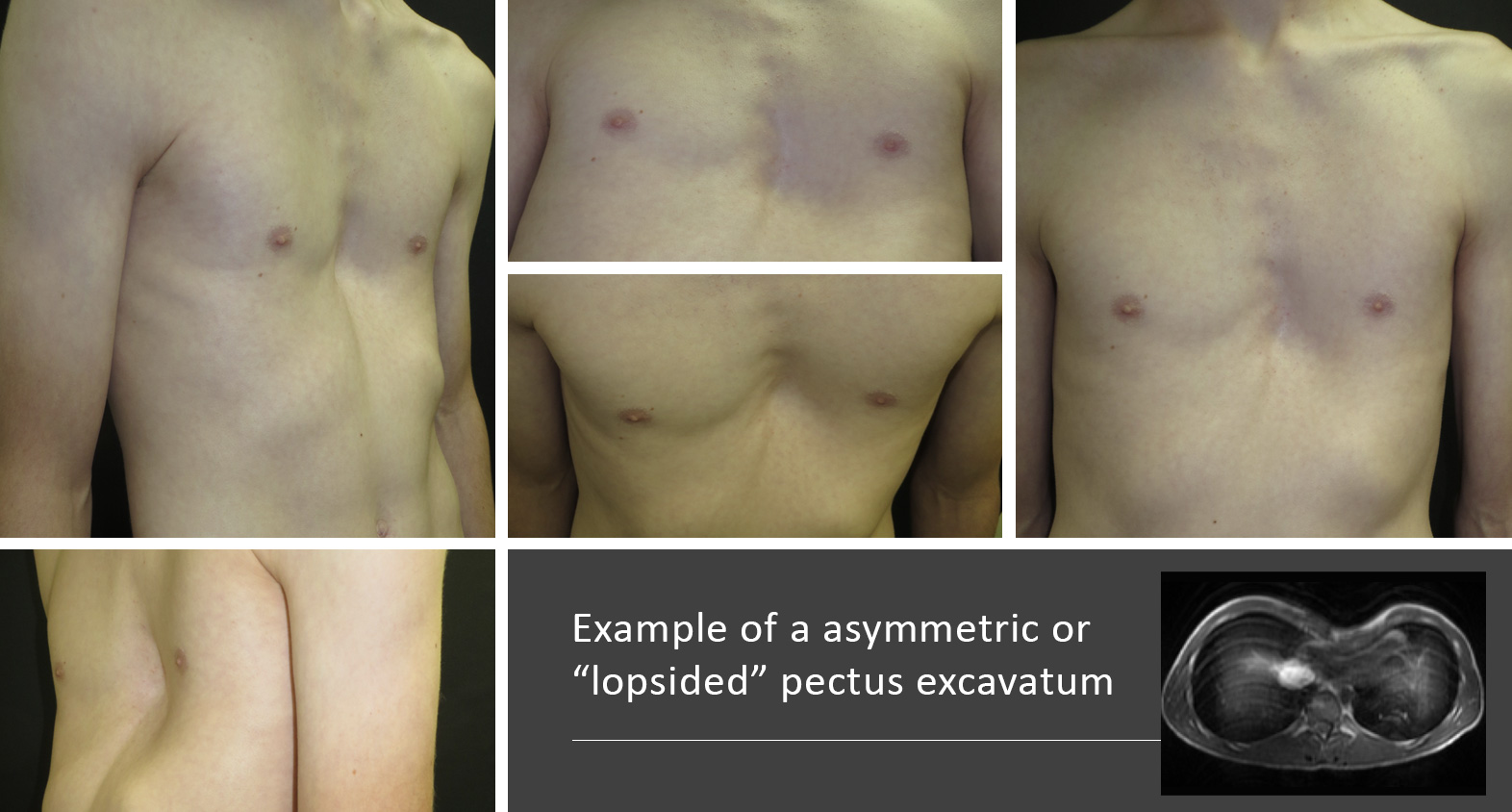
Pectus Excavatum Pectus Clinic
